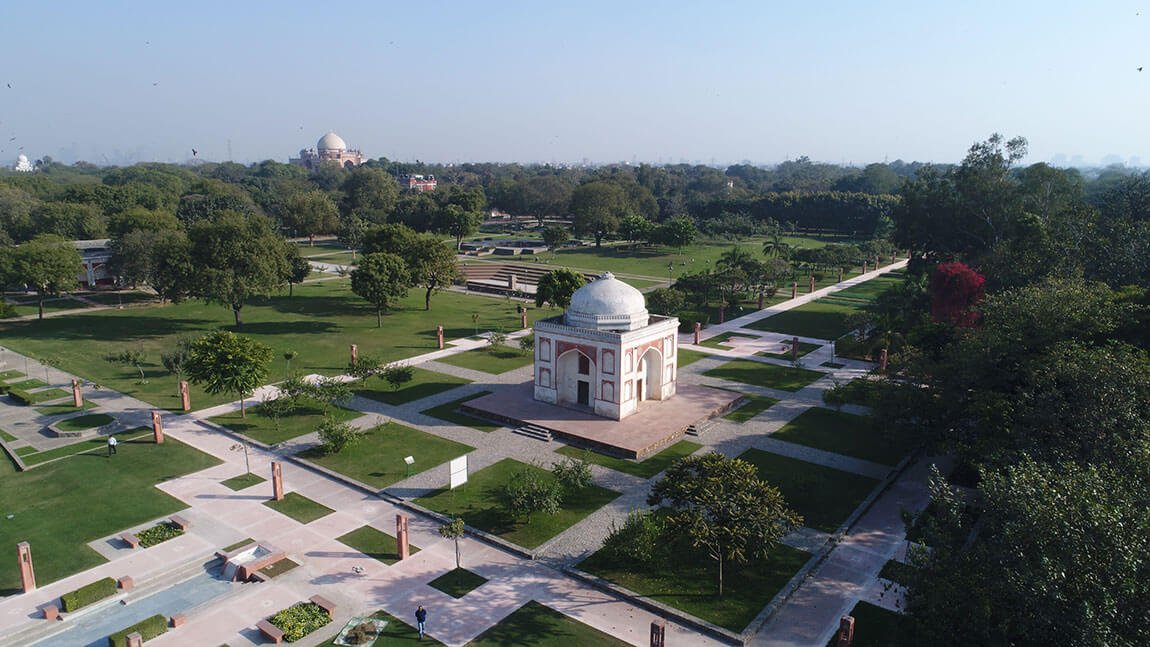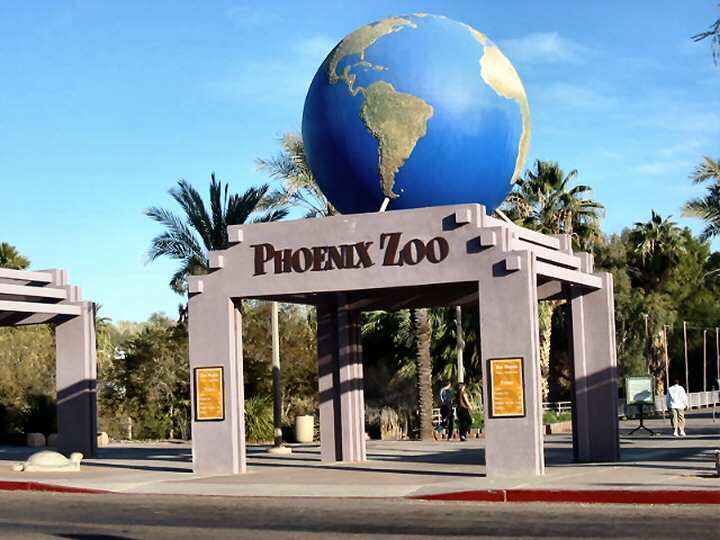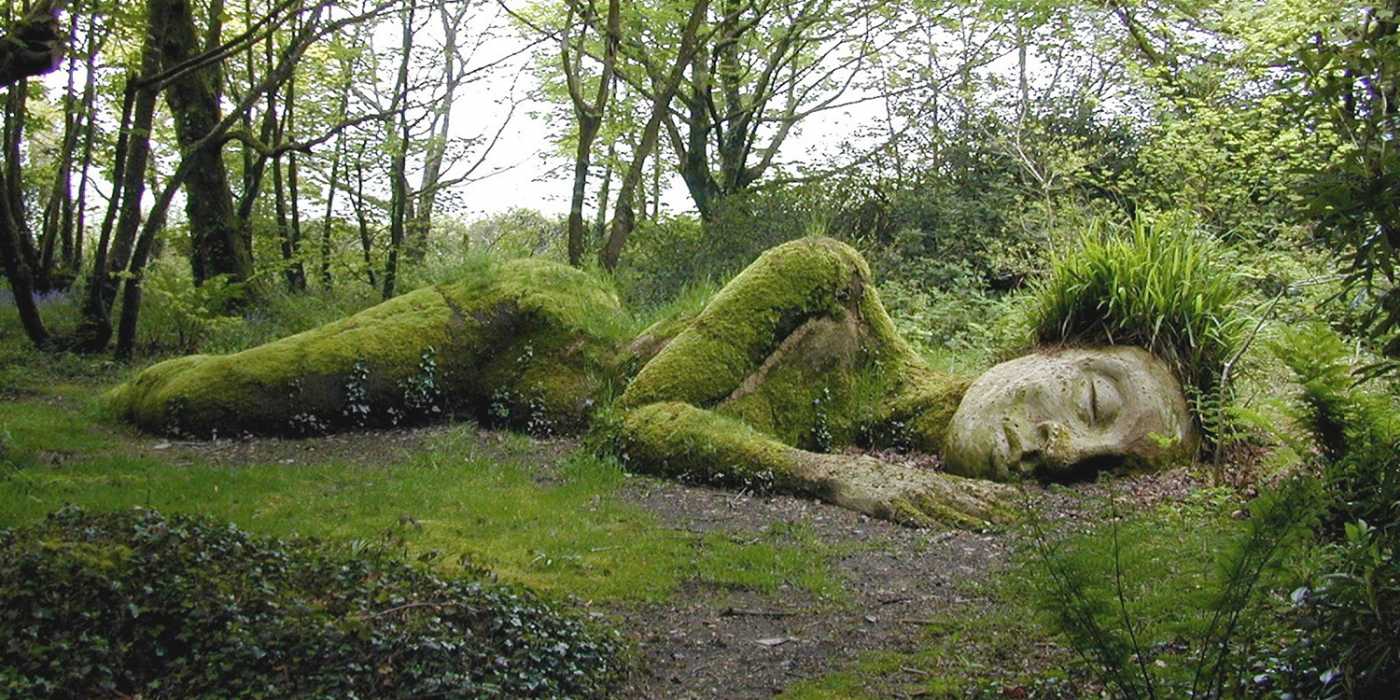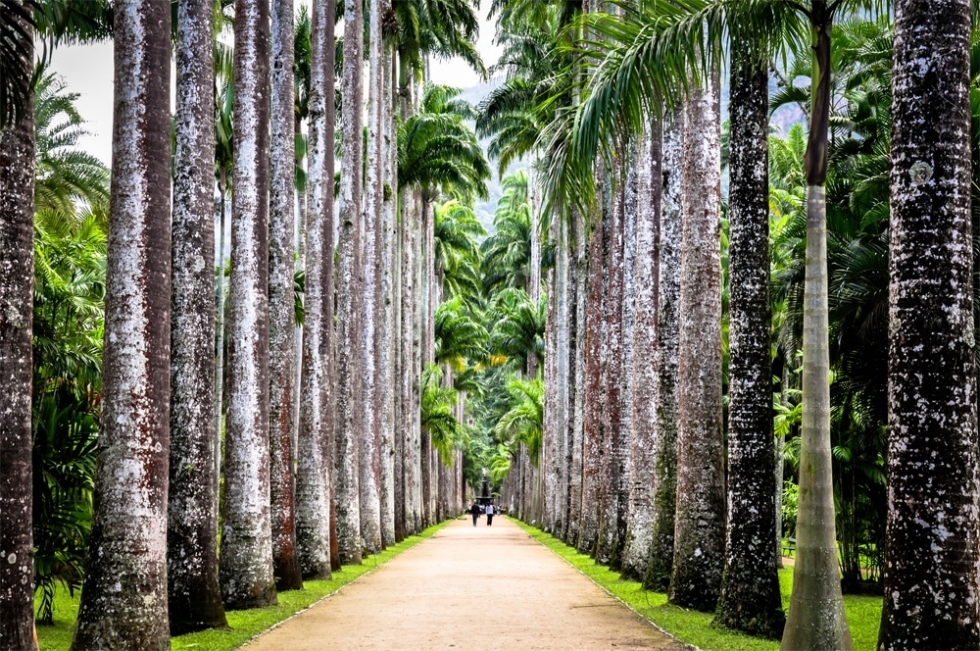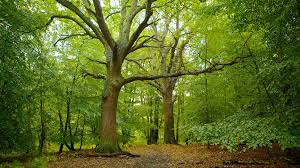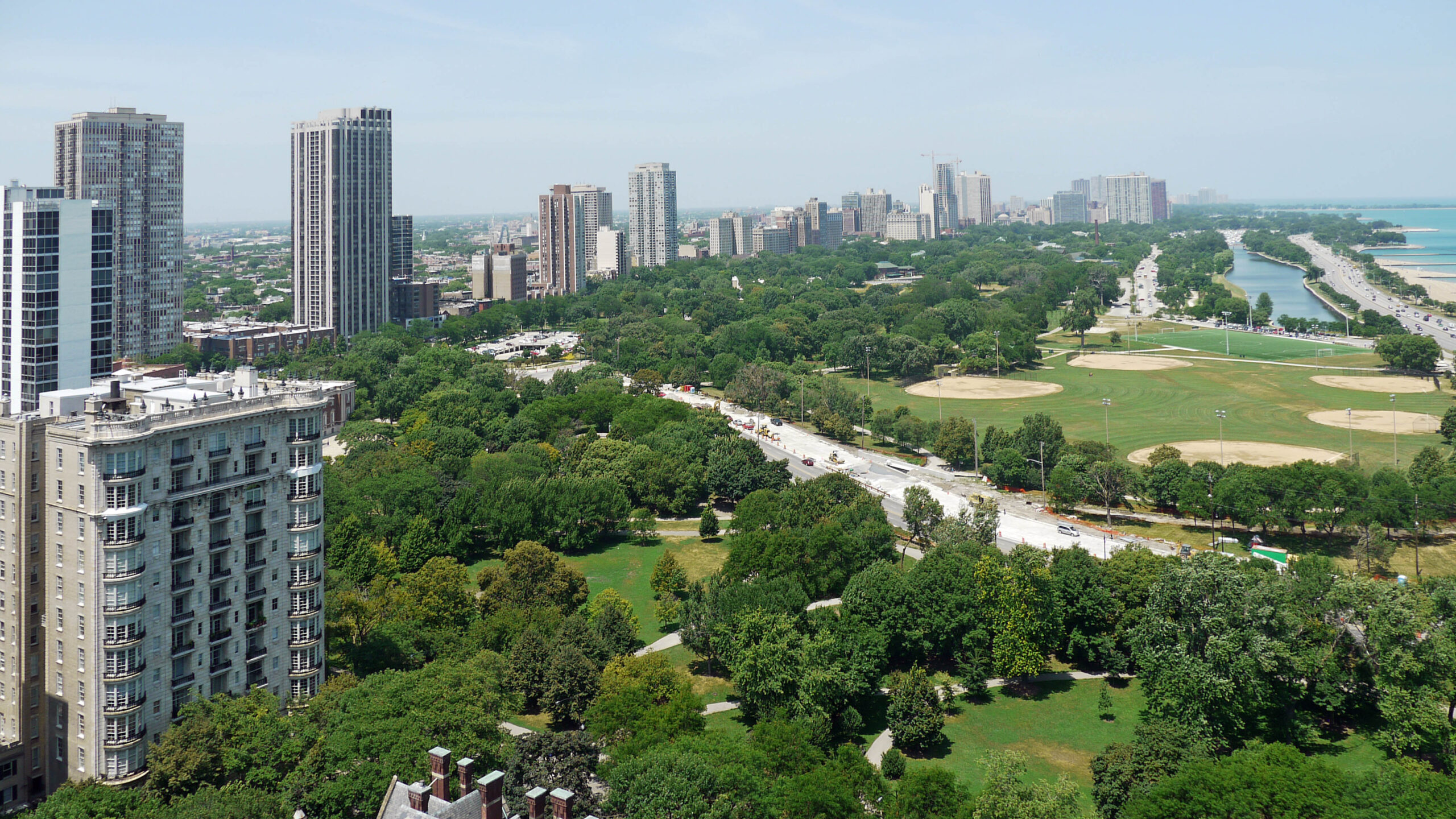The location of Sunder Nursery, adjacent to Humayun’s Tomb Complex and Nizamuddin Basti, largely follows the Mughal Grand Trunk Road connecting significant monuments. The landscape design aims to enhance the historic character of the nursery, attract visitors and provide a seamless pedestrian connection with Humayun’s Tomb Complex.Originally known as Azim Bagh and built by the Mughals in the 16th century, is spread over 90 acres (36 hectare).Future plans aim to link nearby areas to develop it into India’s largest park covering 900 acres.
Today Sunder Nursery contains fifteen heritage monuments of which 6 are UNESCO World Heritage sites, including Archaeological Survey of India (ASI) protected Sundarwala Burj, Sundarwala Mahal and Lakkarwala Burj.
After renovations starting in 2007, the nursery reopened to public as a heritage park on 21 February 2018. Now it contains over 300 types of trees, making it Delhi’s first arboretum.
During the British rule, the nursery was established to grow experimental plants, which gave it its current designation as a nursery. The "Sunder" part of the name comes from the Sunder Burj tomb located in the same premises. Although the name Sunder Nursery has still held, the park has been quoted to be a ‘Delhi’s Central Park’ after renovations (though not to be confused with the central park in Connaught Place, New Delhi).The area contains over 280 native tree species. Apart from this there are around 80 types of bird species and 36 types of butterflies. The Bonsai House is home to some bonsai over 80 years old.
